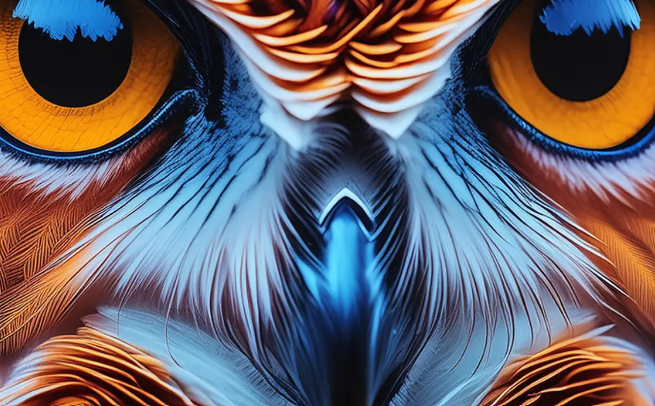Artificial Intelligence (AI) is transforming various creative fields, offering new ways to enhance efficiency and innovation. In graphic design, AI technologies, particularly the AI image generator, are revolutionizing the brochure design process. These tools speed up the design process and improve accuracy and creativity, allowing designers to deliver superior products with less effort.
Automating Routine Tasks
AI significantly reduces the time spent on routine design tasks such as resizing images and text formatting. With AI software, these tasks can be automated based on predefined criteria, freeing designers to focus on more creative aspects of brochure design. This not only speeds up the production process but also ensures consistency across different design elements, enhancing the final product’s overall quality and coherence.
Furthermore, automation reduces the likelihood of human error, such as typos or incorrect alignments, which can detract from the professional appearance of a brochure. By automating these elements, AI ensures that the basic foundations of the design are solid, allowing designers to allocate more time to innovate and experiment with new ideas.
Enhanced Personalization
AI enables the creation of highly personalized brochures tailored to specific audiences or individuals. By analyzing data, AI can suggest design adjustments that better appeal to the target demographic, such as changing color schemes or font sizes based on user preferences and past interactions.
This level of personalization not only engages the audience more but also increases the effectiveness of the brochures as marketing tools. Personalized content has been shown to generate a higher response rate, as recipients feel that the material speaks directly to their needs and interests.
Optimizing Layouts and Imagery
AI tools can analyze thousands of brochure designs to determine the most effective layouts. They can suggest or even create optimal designs that capture attention and convey information using this information. This is particularly useful in ensuring that key information stands out and is easily accessible to readers.
In addition, AI-driven image generators can produce high-quality images tailored to fit the brochure’s theme and content. This not only enhances the brochure’s visual appeal but also ensures that all imagery is purposefully aligned with the message being conveyed, creating a cohesive and engaging reader experience.
Streamlining Collaboration
AI facilitates smoother collaboration among design teams by providing tools that integrate easily with other software designers use. Cloud-based AI tools, for instance, allow multiple designers to work on the same project simultaneously, see real-time updates, and make decisions quickly without the need to exchange files or update versions manually constantly.
This streamlined collaboration is particularly beneficial in projects with tight deadlines or teams across different locations. By reducing communication and file-sharing delays, AI enables a more efficient workflow that can adapt quickly to changes or last-minute updates.
Predictive Analytics in Design
AI’s predictive capabilities can be applied to brochure design to forecast trends and preferences, allowing designers to create brochures that are not only visually appealing but also ahead of current trends. By analyzing large volumes of design data, AI can identify emerging patterns and styles that are likely to appeal to consumers shortly.
These insights allow designers to produce innovative and trend-setting brochures that can capture market interest and make a strong impact. Moreover, being proactive in design can position a brand as a leader in its field, enhancing its reputation and appeal.
Conclusion
Adobe Firefly states, “When choosing your AI image generator, look for one that produces high-quality images, allows you creative control to make those images fit your needs, and makes it possible to use those images commercially. Firefly is a great choice because it does all these things.”
Integrating AI into brochure design processes is proving to be a game-changer. By automating routine tasks, enhancing personalization, optimizing layouts, streamlining collaboration, and utilizing predictive analytics, AI enables designers to be more creative and efficient. As AI technology evolves, its role in brochure design will likely grow, offering even more sophisticated tools to transform ideas into compelling, effective, and visually stunning marketing materials.
